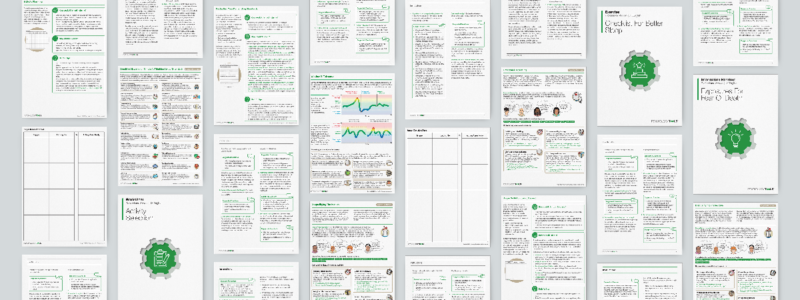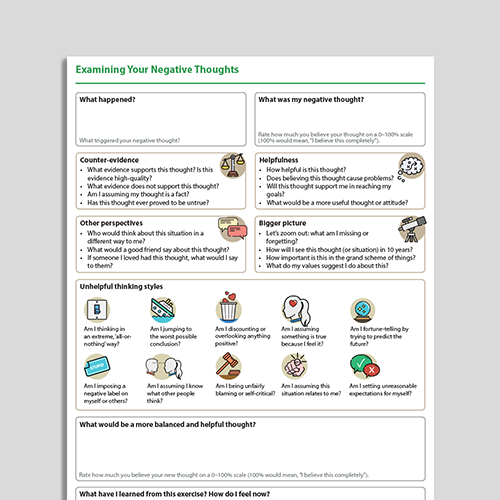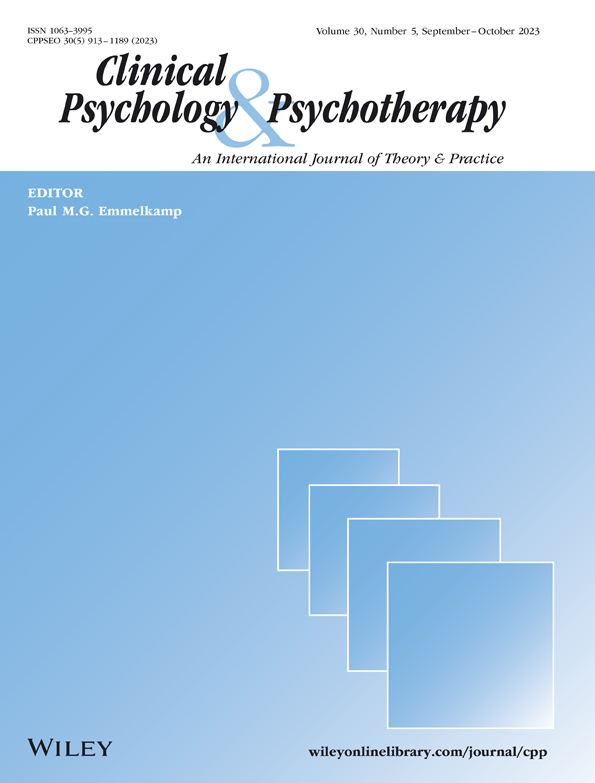12th December 2023 Newsletter

In this edition, we highlight our updated Client/Professional versions of each resource and explain the distinction between these two formats. We’re also releasing an exercise designed to familiarize your clients with the process of cognitive restructuring.
Our research roundup explores a systematic review looking at young people’s experiences of the therapeutic alliance, and another looking at orthorexia – an eating disorder characterized by an obsession with “healthy” eating. Enjoy!
NEW: Professional and Client Versions of Resources

Clinicians and clients have different needs when it comes to the tools they use in therapy. Whatever paid plan you’re on, you can now choose from Professional or Client Versions when downloading worksheets, exercises and information handouts. The resources themselves have not altered, but we have made some changes to the information preceding each resource.
What’s changed?
Client versions are designed specifically for clients and include an easy-to-understand introduction detailing how the tool could be helpful, instructions for how to use it most effectively, and helpful tips where appropriate. These details can be useful as a reminder of what’s been discussed in session once clients are at home.
Professional versions (previously known as Full resource packs) are aimed at clinicians and include theoretical context, instructions for therapists, and guidance for further reading. Some resources also include case examples and annotations.

Examining Your Negative Thoughts
The Examining Your Negative Thoughts exercise is designed to familiarize people with the process of cognitive restructuring. It involves identifying and evaluating an automatic thought from different perspectives, including whether it is accurate, objective, or helpful. It also encourages clients to reflect on the process of cognitive restructuring.
Latest Research

Young People's Experience of the Therapeutic Alliance: A Systematic Review
In this comprehensive review, Tamara Dimic and colleagues synthesize qualitative research exploring young people’s experiences of the therapeutic alliance. Their findings have numerous implications for therapists who work with children and adolescents, including the need for respect and self-disclosure; recognizing important developmental characteristics that impact engagement (e.g., the need for independence and autonomy); maintaining flexibility and privacy; and the importance of the therapeutic bond being a model for other relationships.
“The findings of this review highlight the need for clinicians to enhance their understanding of the therapeutic needs of young people, particularly in relation to power dynamics in therapy… Another important point underscored by young people in the present review is creating a therapeutic atmosphere where feedback is encouraged and welcomed. Seen as a model for other relationships, the therapeutic alliance can foster a safe place for learning how to give and receive feedback”.
Dimic, T., Farrell, A., Ahern, E., & Houghton, S. (2023). Young people’s experience of the therapeutic alliance: A systematic review. Clinical Psychology & Psychotherapy.

Exploration of Orthorexia Nervosa
Orthorexia Nervosa, characterized by an obsessive focus on “healthy” eating, has received increased attention over recent years. This has also raised questions about its relationship with other disorders like anorexia nervosa (AN) and obsessive compulsive disorder (OCD). The findings of this study indicate that orthorexia symptoms effectively predicted eating disorder and AN symptoms but were poor at detecting OCD symptoms. This suggests that orthorexia is more closely aligned with eating disorders and may represent an important subtype of AN. Most importantly, the findings indicate that individuals presenting with orthorexia are likely to benefit more from an eating disorder treatment than treatment for OCD.
Cosh, S. M., Olson, J., & Tully, P. J. (2023). Exploration of orthorexia nervosa and diagnostic overlap with eating disorders, anorexia nervosa and obsessive-compulsive disorder. International Journal of Eating Disorders, 56(11), 2155–2161.
